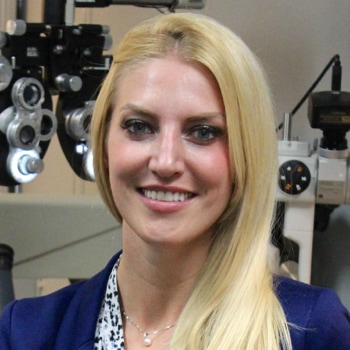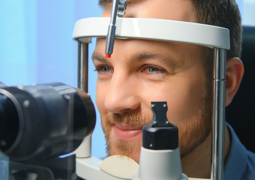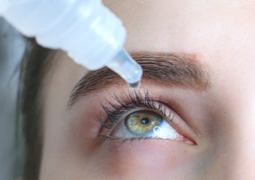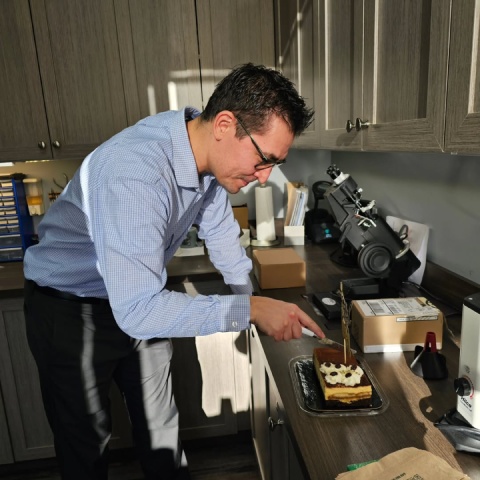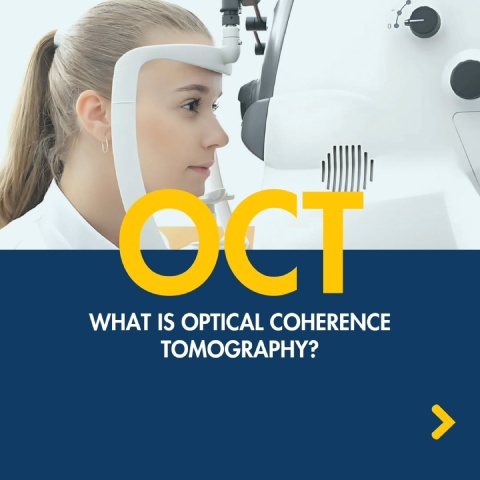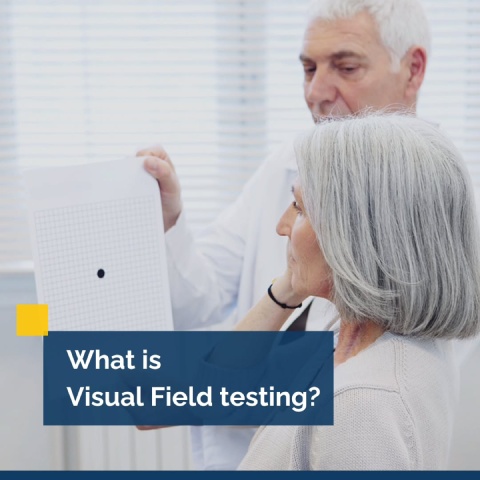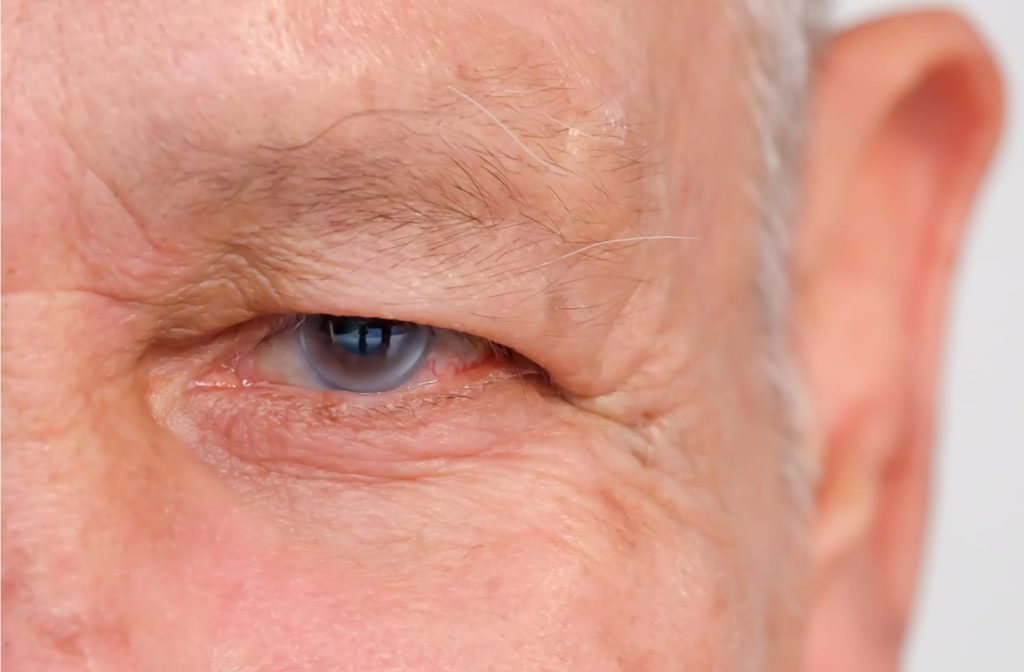
Glaucoma is one of the leading causes of blindness in Canada, and you may not even notice anything is wrong until vision loss occurs. If you have undiagnosed glaucoma, how do you identify this disease before your vision is affected?
A series of tests used during a comprehensive eye exam can detect any eye problems. Continue reading to learn more about these tests and how they help your optometrist diagnose glaucoma.
What is Glaucoma?
Glaucoma is a group of eye conditions causing the progressive degeneration of the optic nerve, with many forms of this disease increasing your eye pressure. Glaucoma typically shows little to no signs until the condition significantly progresses, so regular eye examinations are vital for protecting your vision. You may not even know you have glaucoma until you experience vision loss.
There are several types of glaucoma, but more common forms include:
Primary Open-Angle Glaucoma
Primary open-angle glaucoma is the most common form of this disease. When fluid inside of the eye cannot drain, it builds up, causing damage to the optic nerve with its pressure.
Symptoms of open-angle glaucoma include:
- Blind spots in your central & peripheral vision
- Tunnel vision
Normal-Tension Glaucoma
Normal-tension glaucoma damages the optic nerve even though your eye’s intraocular pressure (IOP) is considered normal. Some people are at higher risk of developing normal-tension glaucoma. It’s still largely unknown what causes this form of glaucoma to develop.
Secondary Glaucoma
Secondary glaucoma occurs because of injury, infection, or another identifiable cause. This incident causes an increase in IOP, resulting in damage to the optic nerve and potential vision loss.
Angle-Closure Glaucoma
Angle-closure glaucoma is a less common form of this disease. It occurs when the drainage angle between the iris and the cornea suddenly closes, causing rapid fluid buildup.
When aqueous fluid blocks the narrow-angle, there is pressure on the optic nerve, and eye pressure increases quickly. Acute angle-closure glaucoma is a medical emergency and requires immediate attention. Have your eyes seen right away if you experience any common symptoms, such as:
- Severe headache
- Nausea & vomiting
- Blurred vision
- Eye redness
- Eye pain

How Does Your Optometrist Test for Glaucoma?
An early glaucoma diagnosis can prevent potential vision loss, but how do optometrists test for this disease? Many practices first measure your IOP for any signs of increased pressure, but this measurement is not the only way to test for glaucoma.
While many forms of glaucoma increase IOP, not every variant of this disease experiences this pressure increase. Your optometrist will likely conduct several different tests for an accurate diagnosis.
After a thorough eye examination, your optometrist can determine if there are any problems present. Depending on the type of glaucoma you have, you will receive a customized treatment plan to prevent or slow vision loss.
These tests check 5 glaucoma-related factors:
- The inner eye pressure
- The shape and colour of the optic nerve
- The complete visual field
- The angle in the eye where the iris meets the cornea
- The thickness of the cornea
Tonometry
Tonometry measures your IOP by placing pressure on the cornea with a small application or puff of air. This measurement is typically one of the first tests performed. There are many different types of tonometers, but some common measurement tools include:
Dilated Fundus Examination
Your optometrist will perform a dilated fundus exam to examine your retina for any damage. They will look at the size and shape of the optic nerve after administering dilating eye drops.
This test includes an examination of the retina, optic disc, and blood vessels. A small device will light and magnify the optic nerve during this test.
Perimetry
Perimetry, or visual field testing, determines your complete field of vision. Your visual field is how much your eyes can see while focusing on a central point. A perimetry test can help identify any peripheral vision loss, a common sign of glaucoma progression.
Gonioscopy
A gonioscopy exam helps view the angle where the iris and cornea meet. Your optometrist will administer numbing eye drops before placing a specialized contact lens on the eye to see if the drainage angle is open and wide or narrow and closed.
The lens has a mirror to show your optometrist how this angle looks; this test can find any abnormal blood vessels or damage caused by previous trauma. If the angle is closed and blocked, this is a possible sign of angle-closure glaucoma.
Pachymetry
Pachymetry tests help measure the thickness of your cornea. Your optometrist can better understand your eye pressure after measuring your cornea’s thickness. This density can disrupt an accurate IOP reading, causing the potential for misdiagnosis.
Gathering a complete picture of your eye health is essential for an accurate glaucoma diagnosis. Identifying glaucoma can be difficult, but with a careful examination of your optic nerve, your optometrist can help protect your eyes from vision loss.
Protect Ocular Health With Eye Exams
Glaucoma-related damage is irreversible, but early treatments can help slow or prevent vision loss. There are rarely symptoms for glaucoma until vision loss occurs, so remember to have regular eye exams to protect your ocular health. If you have any symptoms of glaucoma, book an appointment as soon as you can.


